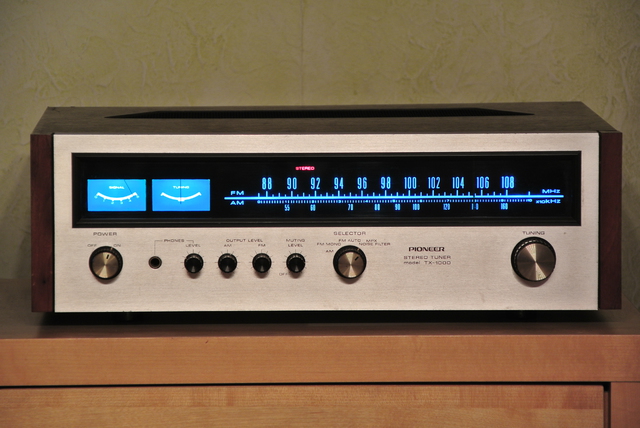

Shortly later he secured a mail contract that took him from San Antonio to Eagle Pass and on to Fort Clark in Kinney County.

Santleben remained with this unit until the war ended in 1865. From there Santleben traveled with a theatrical group to Brownsville, where he enlisted in December 1863 as a scout along the lower Rio Grande valley for Edmund J. Because he was a Union sympathizer he fled to Mexico from Eagle Pass in 1862 and found employment at the Piedras Negras cottonyards, owned by F. At the outset of the Civil War, Santleben freighted cotton between Columbus and Eagle Pass on the Mexican border. The adventurous youth matured quickly on the frontier at age fourteen he traveled a route by horseback between Castroville and Bandera as the youngest mailman in the United States. In 1845 the Santlebens settled in Castro's Corner, near the Medina River eight miles north of Castroville in Medina County their young son August was four months old. Each floor covers an area of 4,000 square feet (370 m 2).August Santleben, son of Christian and Sophie (Haas) Santleben, was born at Hanover, Germany, on February 28, 1845. The Staacke building was reduced to its current 42 feet in width and 97.5 feet in depth. The rears of the structures were razed for a parking lot. In 1982, a group of investors bought and restored the two structures, with a conditional agreement that only preserved the front of both buildings. The San Antonio Conservation Society stepped in to preserve architectural history and purchased both buildings. In 1979 a local hospital bought both the Stevens and the Staacke Brothers buildings with the intent of razing the structures to convert the property to a hospital parking lot. The original building was 300 feet by 269.90 feet. In 1894, James Reily Gordon designed a Renaissance Revival three-story red sandstone and pink granite building that included a basement. Kampmann to erect a storehouse on the site. Originally the site of a First Presbyterian Church, August F. The carriage trade portion of his business was sold to his sons August, Rudolph and Herman, officially being known as the Staacke Brothers in 1889. He carried Studebaker wagons, and imported commercial prairie schooner wagons that were built to withstand the rugged terrain of westward expansion. Staacke (1825–1909) was an immigrant from Hanover, Germany, who developed a successful mercantile business in San Antonio.

The structure was designated a Recorded Texas Historic Landmark in 1984. It is listed on the National Register of Historic Places listings in Bexar County, Texas. The Staacke Brothers Building is located in the Bexar County city of San Antonio in the U.S.


 0 kommentar(er)
0 kommentar(er)
